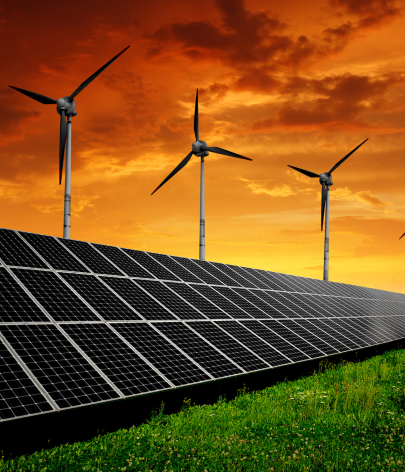Breadcrumbs
Thailand
Clean power is critical for hedging against gas risk in Thailand
Thailand’s electricity policy has primarily focused on reducing its reliance on gas for electricity generation. It has mainly approached this by promoting the uptake of alternative renewable energies, especially bioenergy and—more recently—wind and solar. In 2022, Thailand generated 4% of its electricity from wind and solar. Meanwhile, its share of coal power has fluctuated around 20% for the last decade.
As of 2021, Thailand had about 6 GW coal power capacity in operation, representing only 12% of the total installed capacity – much lower than its coal-dependent Asian neighbours, such as China, Indonesia, and India.
Thailand has vowed to reach carbon neutrality by 2050 and net-zero emissions by 2065. However, its current energy plans fall short of achieving its climate ambitions. The country’s support of coal and continued approval of new coal-fired power plants is likely to deepen the country’s reliance on coal for electricity generation – the opposite of the country’s energy policy’s stated intentions. Thailand may like to consider ramping up its domestic clean power deployment as a hedge against volatility in the international energy market.
Last updated: May 2023
Progress towards 1.5C power sector benchmarks
Thailand
2000–2040
Data



